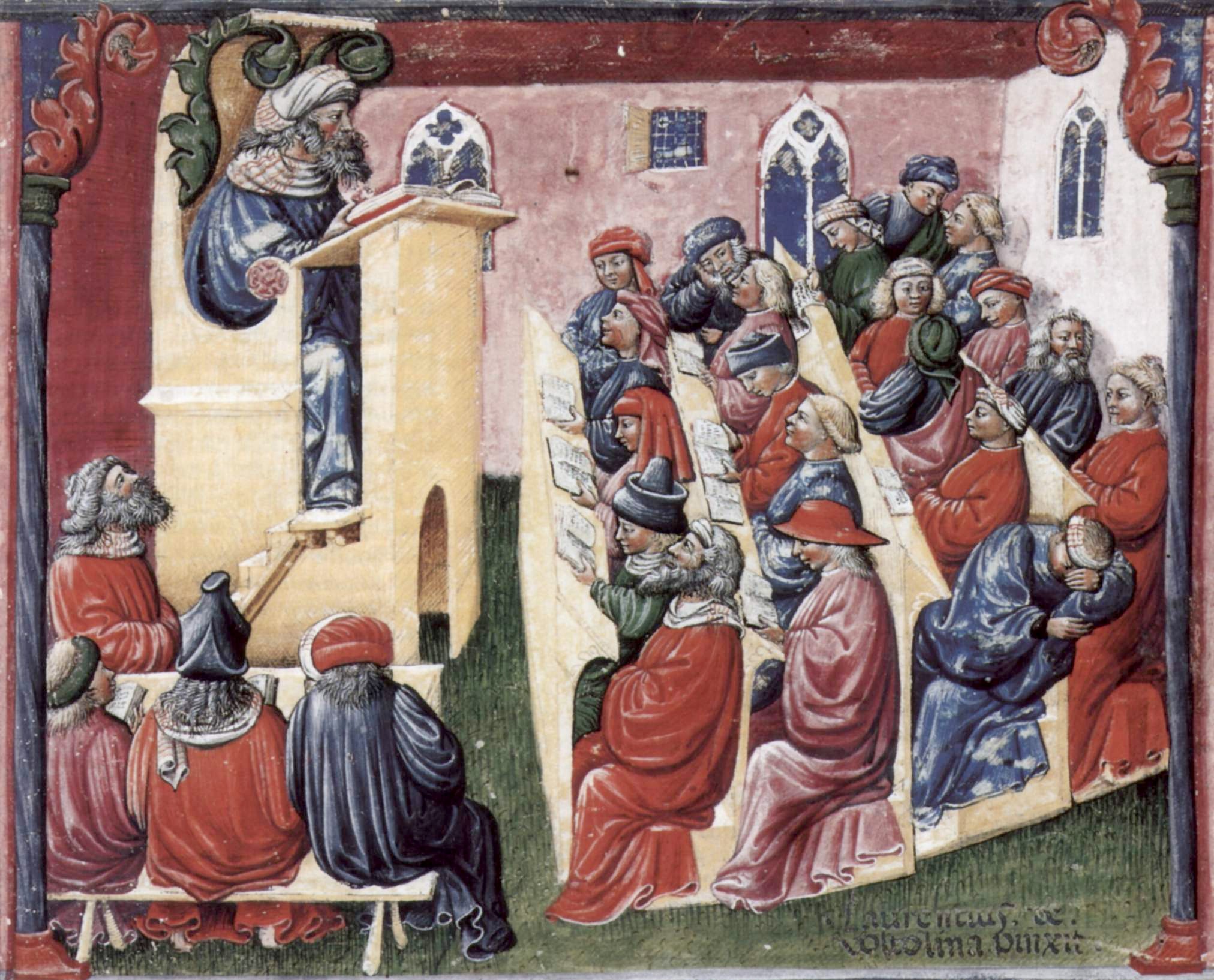So, you might ask, why is Olsen assembling and releasing all this material? Olsen explains:
I have become increasingly frustrated with the separation between academics and general readers, and I am determined to come out of the cloister and spend my own career sharing my scholarly work with the public. I founded this website because I wanted to connect with other people who are eager to be included in a thoughtful literary conversation about the works of J.R.R. Tolkien.Your first stop should be the introductory lecture: "How to Read Tolkien and Why." Olsen offers an interesting explanation for the marginalization of Tolkien's works and fantasy in general. Unlike Tom Shippey, who argues that Tolkien's close association with philology in the face of rising interest in other literary studies brought scholarly derision on Tolkien's works, Olsen posits that the problem is Tolkien's Christian worldview, which is currently out of fashion among many intellectuals. If you are a materialist and believe all that exists is the physical world, then fantasy, which explores other worlds, is likely to seem a rather silly and not very serious pursuit. Why not write about the real world? Olsen also supports Tolkien's belief that the life of a writer is not all that important to understanding their work and dives into the works themselves, giving little attention to Tolkien's life. It's not surprising that medievalists would hold this opinion. For most medieval writers, we are lucky to know their name.
If you're a fan of The Hobbit, you will be pleased to find a series of eight lectures devoted to Bilbo Baggins' adventure. Olsen discusses the book in great detail, noting the many ways Tolkien manipulates language and events in the story to achieve broader effects. The series is in progress, a little over half finished. Olsen promises to give a similar treatment to The Lord of the Rings. Olsen also let's us sit in on his undergraduate Tolkien course from spring 2010. In forty lectures, he covers "On Fairy-Stories", a few of Tolkien's shorter works, The Silmarillion, The Hobbit, and The Lord of the Rings. Unfortunately, he doesn't cover "Farmer Giles of Ham," but I can forgive him for that omission. Faerie and Fantasy is an undergraduate course for spring 2011. Olsen surveys fantastical works from the middle ages to the present. There's much more than I've covered in this brief summary.

Wow! I'm going to have to check this out. The only fantasy writer given any credit in my college lit anthologies was Ursula K. Le Guin, understandably so, and I was pleased that even one fantasy writer was included. Thanks so much for letting us in on this!
ReplyDeleteExciting. Thanks for the link
ReplyDeleteThis is going to be a great resource next month. My 8th graders are finishing up The Hobbit and will need to write a literary analysis paper on major themes. 8 lectures on Bilbo's adventures? Perfect!
ReplyDelete